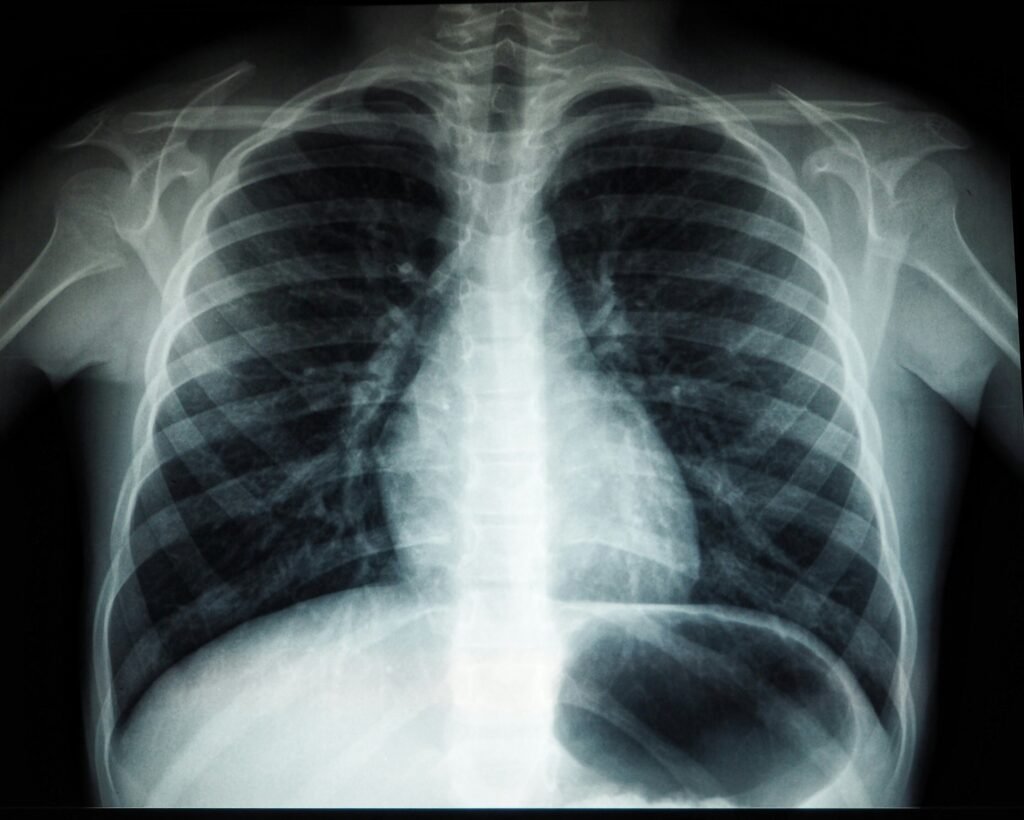A groundbreaking study published in JAMA has revealed that a direct-to-patient digital health program can significantly increase recommended lung cancer screening for high-risk individuals. The study, conducted by researchers at the UNC Lineberger Comprehensive Cancer Center and Wake Forest University School of Medicine, aims to address the low screening rates among eligible individuals in the United States.
Lung cancer is the leading cause of cancer-related death in the country, yet only about 20% of eligible individuals undergo recommended screening. Early detection through screening can reduce the risk of lung cancer death, according to the National Cancer Institute. However, barriers such as identifying screening-eligible patients, limited awareness of screening recommendations, and time constraints during primary care visits hinder the screening process.
The study enrolled 1,333 screening-eligible individuals with a history of smoking in a randomized clinical trial. Participants were divided into two groups – intervention and control. The intervention group used the mPATH-Lung online program, which included educational resources and the option to request a screening program appointment. The control group received a recommendation to discuss screening with their primary care clinician.
Key findings from the study include a 25% completion rate for screening CT scans among participants using the digital program, compared to 17% in the control group. Screening rates improved across all demographic and socioeconomic groups, with no reported complications from screening-related procedures.
Dr. Daniel S. Reuland, a professor of medicine at the UNC School of Medicine, highlighted the importance of overcoming barriers to screening through digital outreach. Dr. Alison Brenner, an associate professor at the UNC School of Medicine and co-author of the study, emphasized the scalability of digital programs in improving access to screening, especially among underserved populations.
The study underscores the potential of digital health programs to complement traditional face-to-face care and make a significant impact on lung cancer screening rates. The research team is committed to translating their findings into real-world solutions for patients, aiming to bridge the gap in access to screening across North Carolina and beyond.
For more information, the study titled “A Direct-to-Patient Digital Health Program for Lung Cancer Screening” can be accessed in JAMA. This innovative approach to lung cancer screening offers a promising solution to improve early detection and reduce mortality rates associated with the disease.


